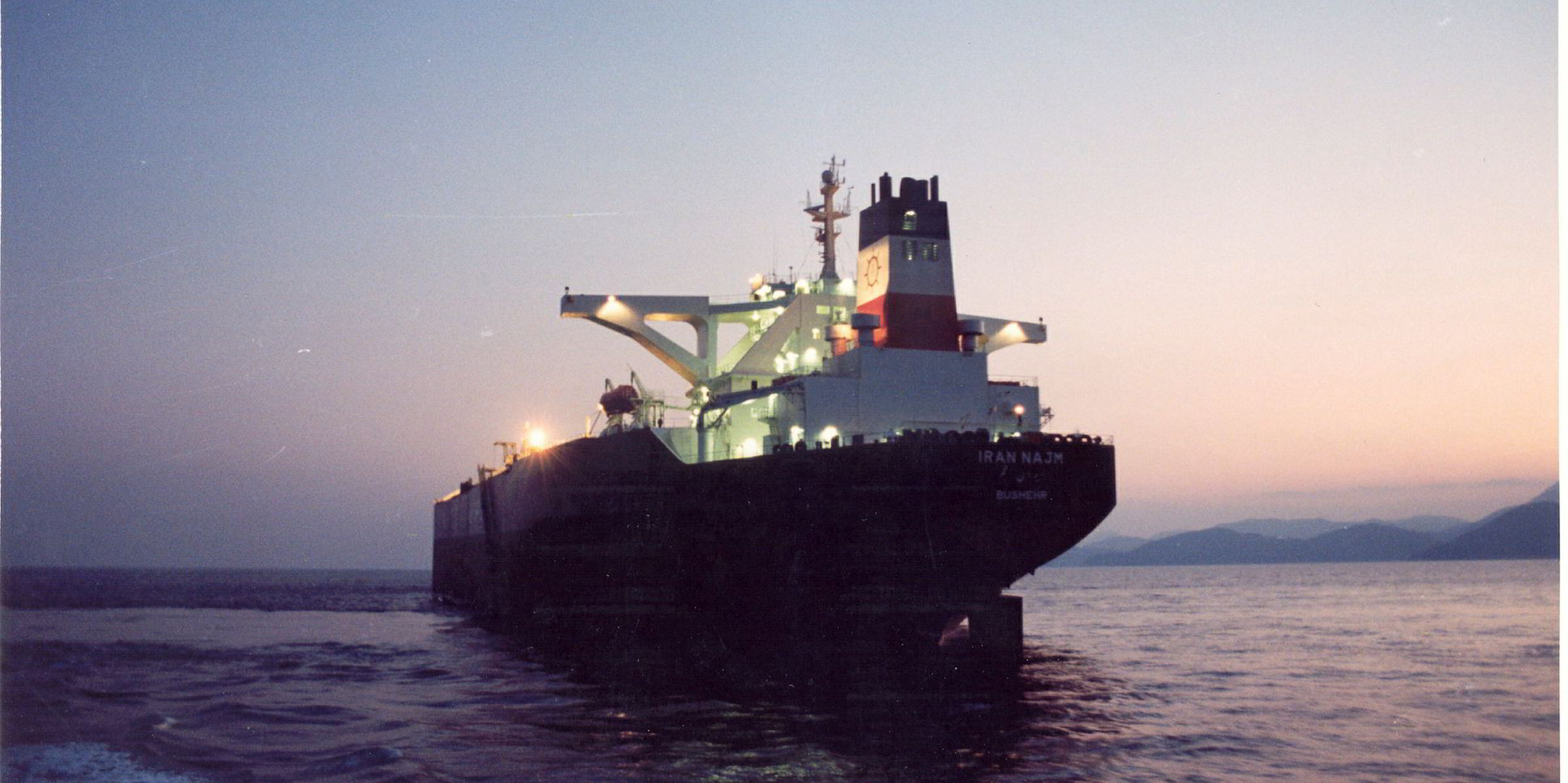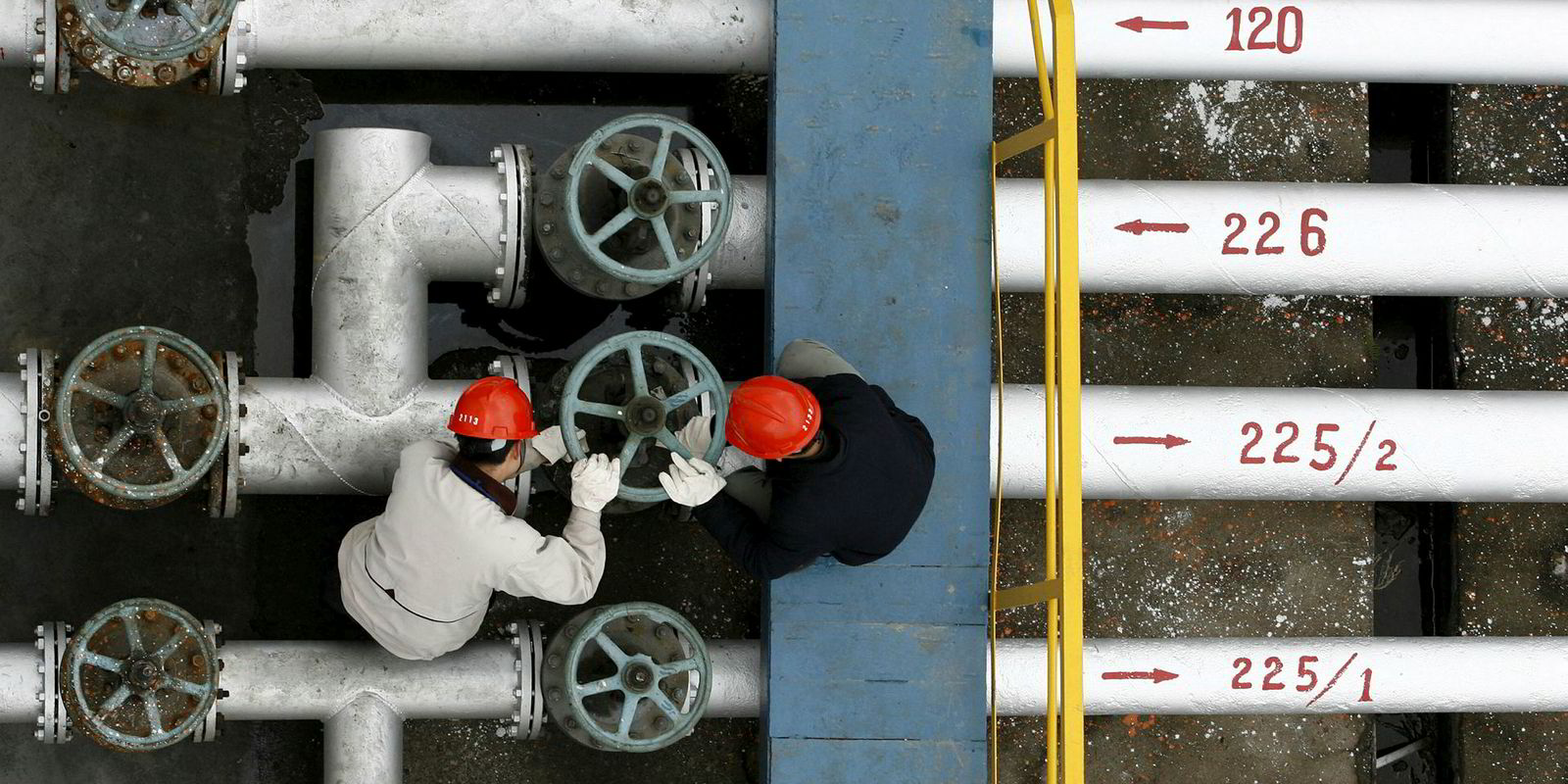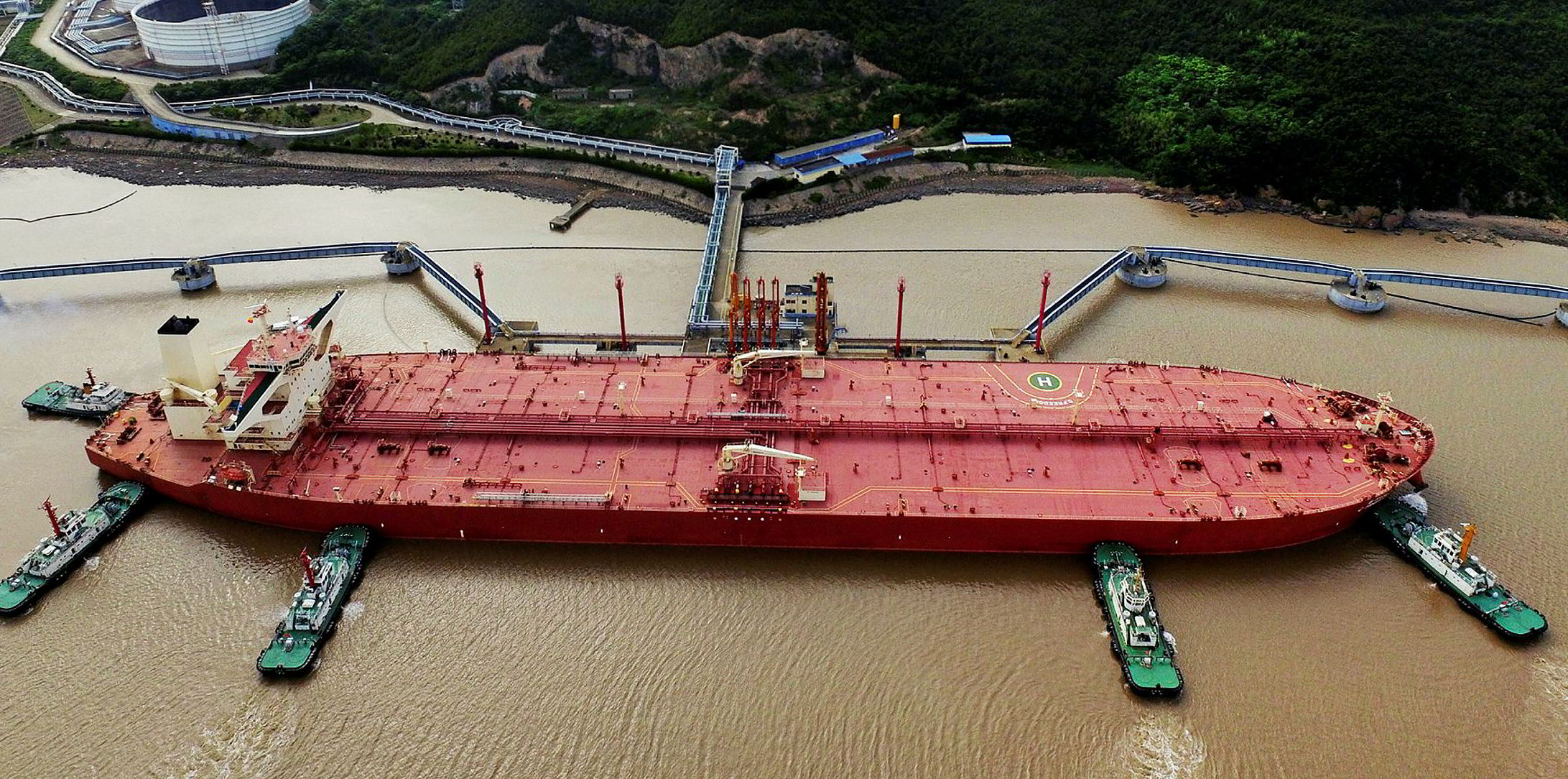New refinery start-ups and stockpiling are helping China to maintain its strong growth in crude oil imports in a positive sign for the tanker market.
The biggest risk in the near term is a slow-down in China demand, which remains by far the most important contributor to the tanker market.
But despite sluggish economic data and US-China trade war concerns, China’s physical oil demand has been resilient, says a top regional analyst.
“China’s seaborne oil imports have averaged nine million barrels per day (mbpd) for year-to-date, which is up 11% year-on-year,” said Bernstein senior oil and gas analyst Neil Beveridge
“But how much of this reflects genuine growth in end demand? Certainly not all of it.
“This partly reflects the start-up of new refineries and stockpiling, but the important point is that physical demand remains strong.”
Beveridge says China’s seaborne oil imports are concentrated in four provinces with imports over 1mbpd – Shandong, Zhejiang, Guangdong and Liaoning.
“Over the past three years, Shandong has climbed to the top oil importing region in China at over 3mbpd,” he said.
“This has been driven by higher import quotas and utilization of independent refiners in the region.”
Both Zhejiang and Liaoning are said to have also expanded rapidly in recent years with imports now in excess of 1mbpd in each province given expansion of new independent refineries and storage capacities.
The Guangdong area is also a key refining region in China given the size of the economy and large manufacturing base, although growth has stalled in recent years, according to the analyst.
“But Shandong stands out as the province which has driven most of the growth over recent years,” he said.
“Since 2015 oil imports have increased from 0.5mbpd to a peak of almost 4mbpd, which is stronger growth than in any other part of China.”
Underpinning this, is growth in independent refineries as a result of China’s change in policy which allows independent refineries to import crude oil directly.
“Import quotas have been raised from 1mbpd to 4mbpd with most of the increase being utilized by Shandong refineries,” said Beveridge.
“How sustainable this is remains unclear, although China has over 2 mbpd of refining capacity scheduled to start up over the next two years.”
Looking at the year-on-year growth in oil imports year to date, it is clear that independent refiners have continued to take a greater share in China’s oil imports.
Over the past three years, Shandong has climbed to the top oil importing region in China at over 3mbpd
Bernstein senior oil and gas analyst Neil Beveridge
“The Liaoning province has seen an increase in oil imports year to date of 245,000 bpd year-on-year, followed by Zhejiang at 218,000-bpd and Shandong at 104,000-bpd,” said Beveridge.
“The growth in these regions can be attributed to startup of new independent refining capacity and stable utilization of existing refineries in these regions.”
A key driver of China’s oil import growth this year is said to have been the startup of the Hengli petrochemical complex.
“Liaoning province has witnessed the largest growth this year due to the start-up of the privately-owned 400,000-bpd Hengli refining complex at the end of the first quarter of 2019. Based on tanker data that we track, the refining complex has reached full capacity in May,” said Beveridge.
Despite Hengli reaching full operation, there is still over 2 mbpd of new refining capacity out to early 2020 underway for commercial startup.
“Outside of new refining startups, China has also been stockpiling oil given increased geopolitical tensions with Iran and the US,” according to Beveridge.
“While underlying oil demand growth could slow due to a weakening macro environment, it would not be surprising to see China’s oil imports remaining on a stable upward trend.”
While China’s oil demand will continue to grow, supply has seen some noticeable shifts as a result of geopolitical tensions.
“While China has been pushing energy companies to raise domestic production there is a limit to how much can be achieved,” said Beveridge.
“While oil production growth is now positive again, growth is unlikely to surpass 1-2% growth. As a result imports will continue to grow.”
China’s largest supplier of crude is Saudi Arabia which has averaged almost 1.5 mbpd or 16% of China’s oil imports.
Angola is the second largest supplier of maritime crude to China followed by Iraq, who China has a strong relationship with given the participation in Iraqi oil fields.
“During the course of 2019, there have been significant changes in the orientation of crude flows with imports declining significantly from Iran and the US,” said Beveridge.






